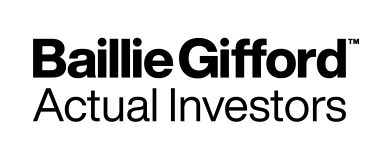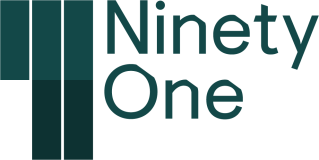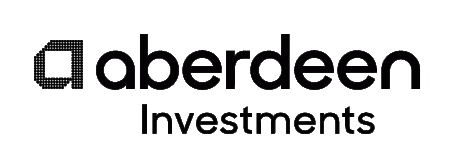Gilt prices fell and yields rose following the announcement of a gradual lifting of Covid-19 restrictions as investors considered the likelihood that inflationary pressures will start to build and the possibility that higher interest rates could undermine economic recovery.
To view the series of market updates through February, click here
- The benchmark gilt yield quadrupled since the start of 2020
- The rate of unemployment rose
- The UK appears likely to avoid a double-dip recession
Gilt prices fell and yields rose following the announcement of a gradual lifting of Covid-19 restrictions as investors considered the likelihood that inflationary pressures will start to build and the possibility that higher interest rates could undermine economic recovery. The benchmark UK gilt yield breached 0.80% for the first time since December 2019 and ended February at 0.84%, having begun 2020 at 0.20%. Bank of England (BoE) chief economist Andy Haldane warned: “Inflation is the tiger whose tail central banks control … People are right to caution about the risks of central banks acting too conservatively by tightening policy prematurely. But, for me, the greater risk at present is of central bank complacency allowing the inflationary (big) cat out of the bag”.
“Policymakers believe inflationary pressures are likely to intensify”
The BoE believes that the successful vaccination programme is likely to support a “material recovery in household spending”, underpinned by pent-up savings. UK households had amassed excess savings of £125 billion between March and November 2020, and these are likely to have risen further. Policymakers believe inflationary pressures are likely to intensify from their January level of 0.7% to around 1.6% in the second quarter of 2021. The BoE has also started to assess whether to begin unwinding quantitative easing measures before tightening interest rates. This move is in contrast to their previous strategy, which stated that rates should increase to 1.5% before reducing the stock of purchased assets
The rate of unemployment rose by four percentage points to 5.1% during the three months to December, reaching its highest level since early 2016. The number of payroll employees has fallen by 726,000 since February 2020, and the number of those out of work climbed to 1.74 million during the period. The UK economy shrank at a record rate of 9.9% during 2020 and contracted to its 2013 size. Nevertheless, the final quarter of 2020 saw overall expansion of 1% and, with positive growth expected in the first quarter of 2021, the UK looks set to swerve the prospect of a double-dip recession.
Following an operational review of the UK banking sector, the Prudential Regulation Authority (PRA) indicated early in February that negative interest rates were operationally viable. However, it is likely to take around six months for lenders to prepare properly, prompting speculation that, against a backdrop of building inflationary pressures, negative rates are less likely to materialise.
A version of these market briefings are available to use in our newsletter builder feature. Click here









